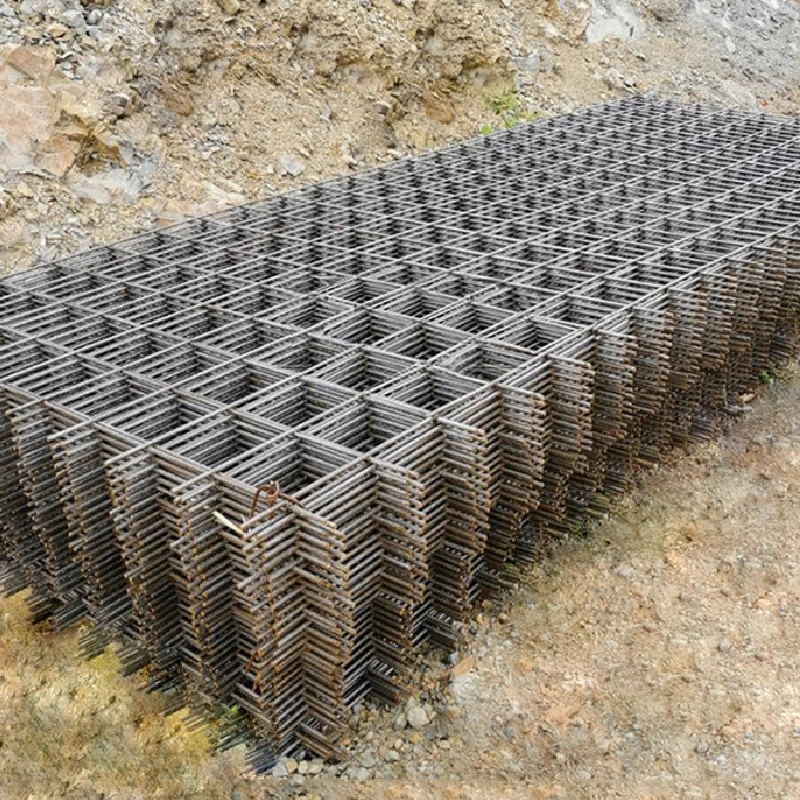Dec . 29, 2024 00:12 Back to list
Exploring the Intricacies and History of Barbed Wire in Modern Society
The Symbolism and History of Barbed Wire
Barbed wire, an invention that has profoundly impacted agricultural practices and the management of land, holds a significant place in both history and symbolism. Emerging in the late 19th century, it is often associated with the American West and the rise of the cattle industry; however, its implications extend far beyond mere utility. This simple yet ingeniously designed fencing material has come to represent confinement, division, and, at times, conflict.
Invented in the 1860s by Joseph Glidden, barbed wire was primarily conceived to address the challenges faced by farmers in protecting their crops from roaming livestock. Prior to its widespread use, wooden fences were costly and labor-intensive to maintain. The sharp, barbed points of Glidden's design provided an effective deterrent, allowing farmers to secure their land without breaking the bank. Hence, it became an essential tool for the expansion of agriculture in the United States, particularly in the Great Plains, where open plains required delineation for farming and grazing purposes.
As the frontier expanded, barbed wire also became a symbol of the struggle over land ownership. Conflicts between cattle ranchers and farmers escalated, leading to infamous range wars. The presence of barbed wire often marked the boundaries of territory, indicating who had rights over what land. While it allowed individuals to assert their claims and control over resources, it simultaneously fostered a spirit of division. The tension over fencing practices underscored societal divides between settled agricultural interests and nomadic cattle ranchers.
barbed wire

In addition to its agricultural significance, barbed wire has been employed in various contexts throughout history, especially during times of war and conflict. Its use in military fortifications, concentration camps, and prisons further illuminated its role in restriction and oppression. Barbed wire became emblematic of the struggles faced by countless individuals during wartime, serving as a stark reminder of both physical and psychological barriers. The imagery of barbed wire fences often conjures feelings of entrapment and loss of freedom, effectively communicating the harsh realities of confinement.
In contemporary society, barbed wire still maintains its provocative connotations. It is frequently used in urban settings to secure perimeters of properties deemed vulnerable to intrusion, symbolizing societal fears of crime and instability. The visual impact of barbed wire resonates deeply, often representing the fragility of safety and the lengths people will go to protect themselves and their possessions.
Moreover, art and literature have frequently drawn upon the imagery of barbed wire to evoke themes of suffering, separation, and resilience. Artists and writers utilize barbed wire as a metaphor for emotional and societal barriers, illustrating how such constructs can lead to isolation and pain. Through this lens, barbed wire transcends its practical function, becoming a powerful icon of human experience and societal conflict.
In conclusion, barbed wire is much more than a simple tool for fencing. Its historical roots in agriculture, coupled with its broader implications in social struggles and conflicts, render it a profound symbol of division, protection, and the complexities of human existence. As we navigate the modern world, the enduring presence of barbed wire encourages reflection on the boundaries we create—both physical and metaphorical—and the implications these have for our society and our relationships with one another.
-
Reinforcing Mesh: Core Material of the Construction Industry
NewsJul.07,2025
-
Welded Wire Fabric Reinvented for Modern Projects
NewsJul.04,2025
-
Superiority of Stainless Steel Woven Mesh
NewsJul.04,2025
-
Key Types of Razor Wire and Their Applications
NewsJul.04,2025
-
Durable Metal Fence Types for Security
NewsJul.04,2025
-
Best Materials for Livestock Fence
NewsJul.04,2025
products.







